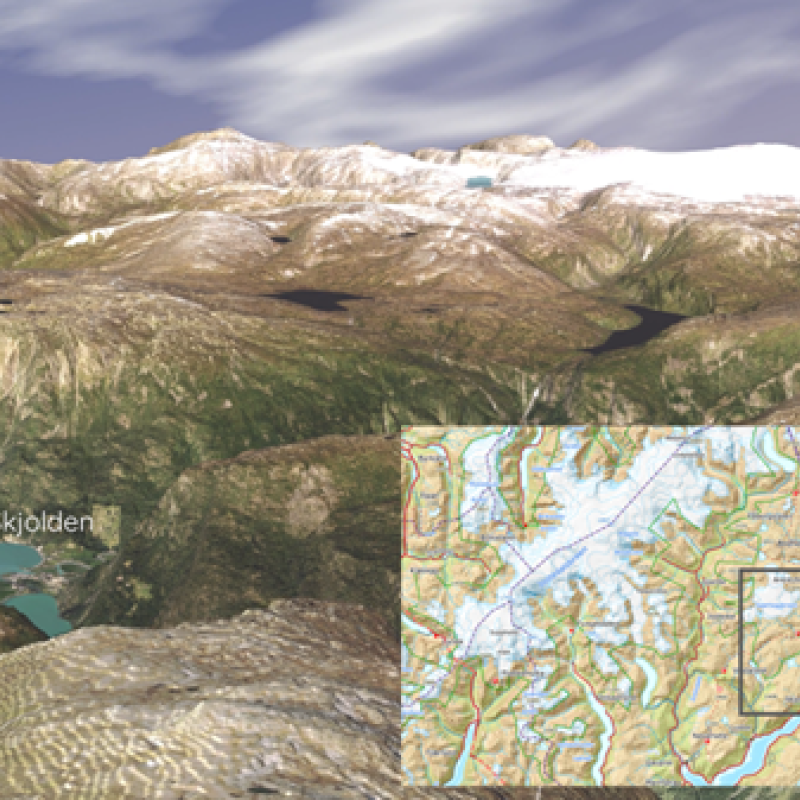Shivesh Karan
Forsker
(+47) 410 15 674
shivesh.karan@nibio.no
Sted
Ås - Bygg O43
Besøksadresse
Oluf Thesens vei 43, 1433 Ås (Varelevering: Elizabeth Stephansens vei 21)
Vedlegg
ResumeBiografi
Shivesh har en doktorgrad i miljøvitenskap og ingeniørfag med spesialisering innen bærekraftig arealforvaltning gjennom analyse av geospatiale data. Med bakgrunn innen datateknologi og ingeniørfag, befinner hans ekspertise seg på krysset mellom teknologi og miljøvitenskap. Hans forskning omfatter sårbarhet knyttet til vannressurser, strategier for bioøkonomi, bruk av biokull i jordbruket, og han er spesielt interessert i å bidra til forskning relatert til syntese og analyse av geografiske data for tilpasning og lindre av klimaendringer.
Forfattere
Christian Pedersen Svein Olav Krøgli Shivesh Karan Svein Dale Grete Stokstad Diress Tsegaye AlemuSammendrag
Over recent decades, farmland and meadow-breeding bird populations in Europe have markedly declined, attributed to factors like agricultural intensification and land abandonment. Parts of the Norwegian Monitoring Programme for Agricultural Landscapes explore the correlation between land use and bird species, aiming to understand how spatial heterogeneity and land use diversity affect the richness, abundance, and distribution of farmland birds. Between 2000 and 2023, we saw declining populations and reduced distributions of several farmland bird species within the monitoring squares. Additionally, we found that both spatial heterogeneity of land use and high land type diversity positively influenced farmland birds. This gives important insight on how to design biodiverse agricultural landscapes. We also examined the impact of agricultural intensity on 25 farmland bird species, using livestock density and pasture size as indicators. Larger pastures generally benefited a wide range of farmland bird species. Different bird species responded variably to livestock numbers, but high livestock density led to a decrease in overall farmland bird abundance. Many countries subsidize sustainable farming to protect biodiversity. We studied Norwegian agri-environmental schemes' impact on farmland and meadow-breeding birds. We found that bird observations rose when these measures were in place but often declined once the support ended. Furthermore, the schemes were geographically limited and relatively few farmers participated. While short-term benefits were evident, long-term effects remain uncertain, highlighting the need for improved conservation strategies. Emphasizing the importance of spatially heterogeneous agricultural landscapes with high land type diversity and natural areas, the study indicates the type of agricultural landscapes we should be aiming for to maintain and restore biodiversity.
Sammendrag
Det er ikke registrert sammendrag
Sammendrag
Det er ikke registrert sammendrag

